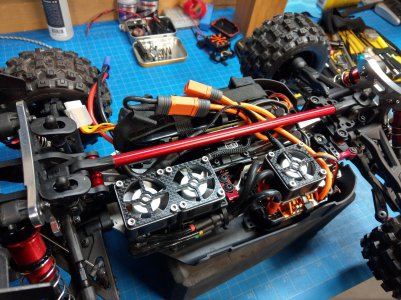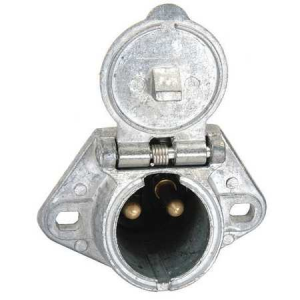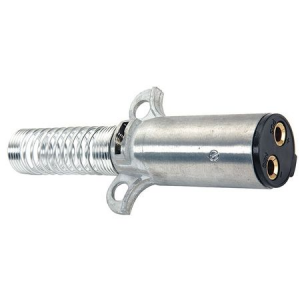If you are insisting on using line power type devices then twist lock may do.
But...
There are many different styles.
Simple units. like 5-15, 20 and 30 all look came but have different diameters and thickness of interface.
The 4 conductor ones get crazy.
We had some for use with a RPC, we were going to make some cords and mount some outlets.
But they all would no go together.
Some have ground tang out while others in.
Then different sized tangs too.
It seems there are different standards so different plugs.
That would allow unique interface ad allow for multiple busses as well.
Sent from my SM-G781V using Tapatalk
But...
There are many different styles.
Simple units. like 5-15, 20 and 30 all look came but have different diameters and thickness of interface.
The 4 conductor ones get crazy.
We had some for use with a RPC, we were going to make some cords and mount some outlets.
But they all would no go together.
Some have ground tang out while others in.
Then different sized tangs too.
It seems there are different standards so different plugs.
That would allow unique interface ad allow for multiple busses as well.
Sent from my SM-G781V using Tapatalk




